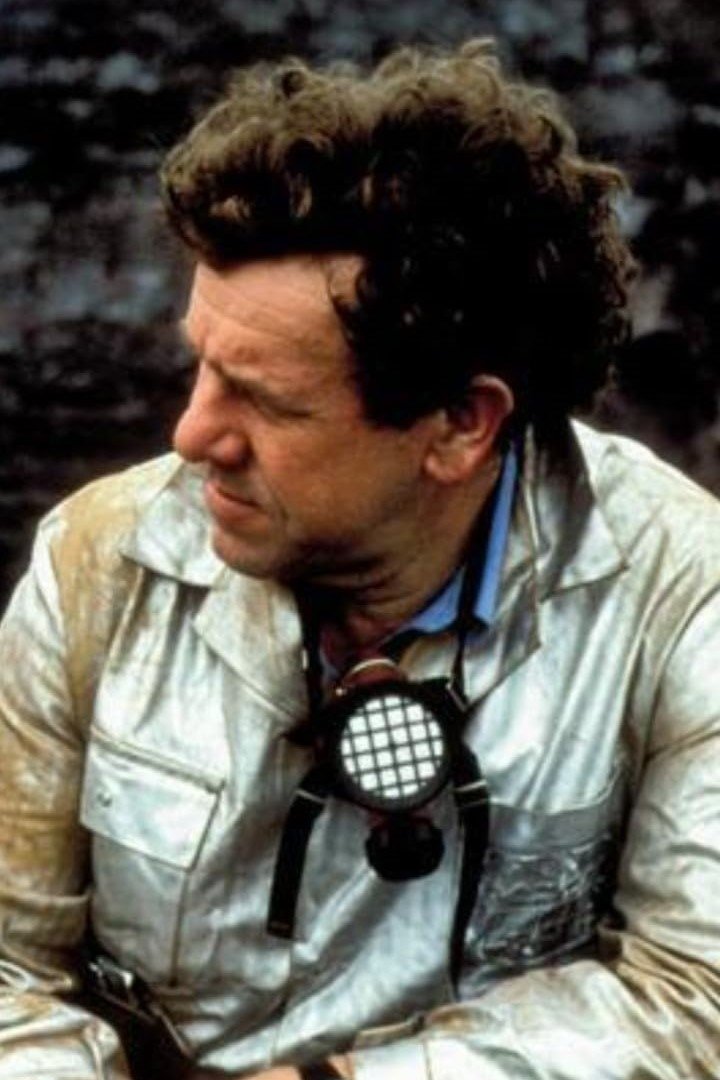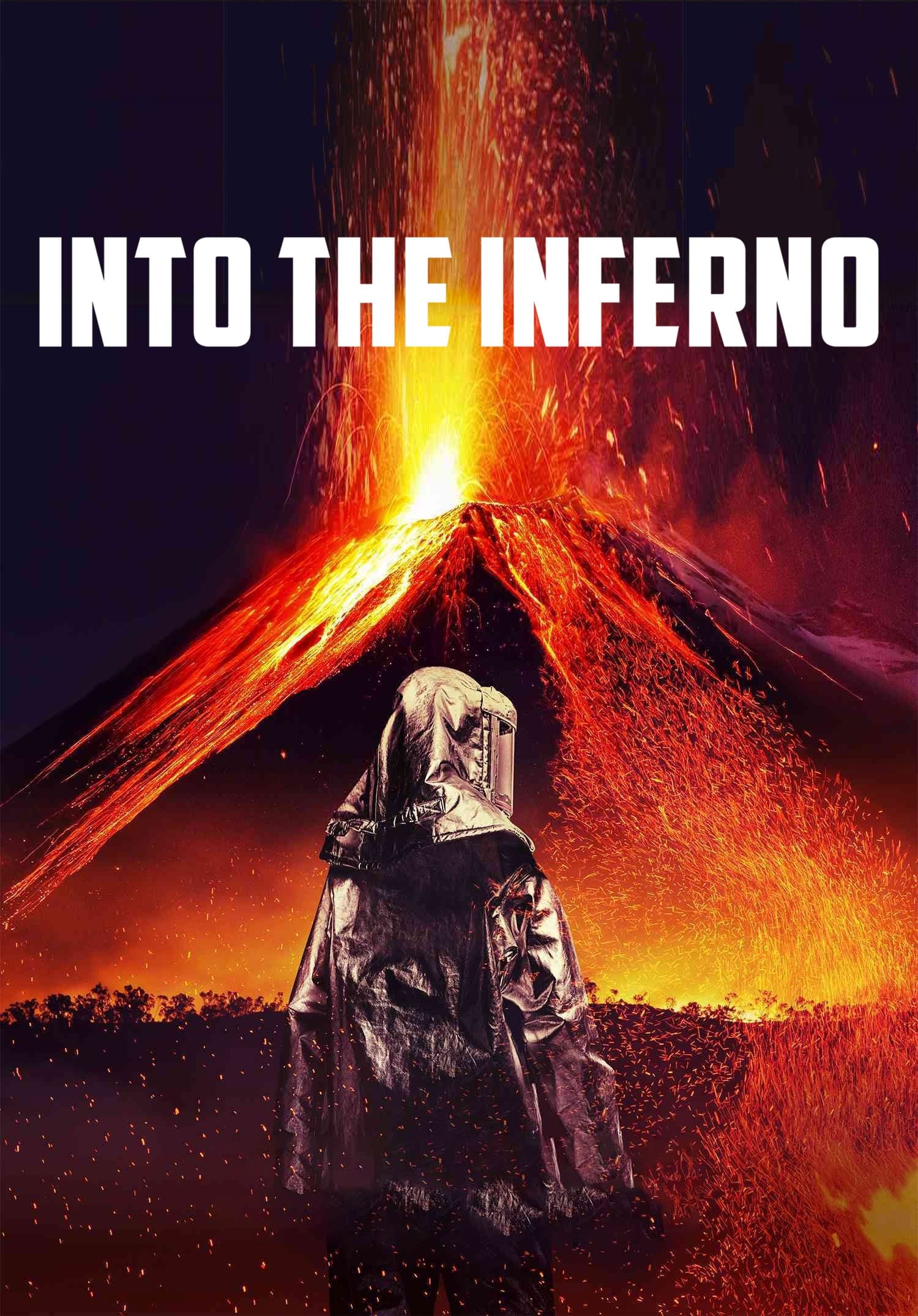

A doomed love triangle between intrepid French scientists Katia and Maurice Krafft, and their beloved volcanoes.

With stunning views of eruptions and lava flows, Werner Herzog captures the raw power of volcanoes and their ties to indigenous spiritual practices.

Documentaries by Katia and Maurice Krafft feature some of the amazing footage shot by the renowned volcanologists, who perished in 1991 while filming a volcano in Japan. The duo documented more active and erupting volcanos than any other scientists in the world, and their dedication shows in Deadly Peaks and Killer Volcanos, two educational films that capture the scientists on the edge of a hot ash blast and floating on a lake of sulfuric acid. The films visit Mount Kilimanjaro and examine some of the less-known dangers such as carbon monoxide gas that builds under crater-formed lakes. They also take an in-depth look at the eruption of Mount St. Helens and the lengths to which people will go to save their communities. Venturing to places where most people would never dare, the Kraffts gave their lives to promote the study of volcanos and left behind a legacy of courage in the name of science. --Shannon Gee

Documentaries by Katia and Maurice Krafft feature some of the amazing footage shot by the renowned volcanologists, who perished in 1991 while filming a volcano in Japan. The duo documented more active and erupting volcanos than any other scientists in the world, and their dedication shows in Deadly Peaks and Killer Volcanos, two educational films that capture the scientists on the edge of a hot ash blast and floating on a lake of sulfuric acid. The films visit Mount Kilimanjaro and examine some of the less-known dangers such as carbon monoxide gas that builds under crater-formed lakes. They also take an in-depth look at the eruption of Mount St. Helens and the lengths to which people will go to save their communities. Venturing to places where most people would never dare, the Kraffts gave their lives to promote the study of volcanos and left behind a legacy of courage in the name of science. --Shannon Gee

Maurice and Katia Krafft are a couple of scientists, filmmakers, researchers and photographers who have made vulcanology the reason for their existence. Together, they completed more than 800 hours of filming 128 volcanic eruptions and developed more than 450,000 films of great aesthetic and scientific value. A journey in stages around the world, the film pays tribute to the two protagonists, from the first ascent accomplished by Maurice, then aged 7, at Stromboli, to their tragic disappearance in 1991 on Mount Unzen in Japan.

A 1987 program examining the work of Maurice and Katia Krafft, who studied and filmed volcanoes around the world before their deaths in a 1991 volcanic explosion. Scenes include a lake of molten lava in Central Africa; an eruption in Iceland; an evacuated school being devoured by Mount Etna.
Maurice Krafft was born on March 26, 1946 in the city of Mulhouse, located in the Alsace region. Maurice Krafft discovered his interest in volcanoes at the age of 7, during a family trip to Naples and the island of Stromboli. He joined the Geological Society of France at the age of 15. He then studied geology at the University of Franche-Comté and then at the University of Strasbourg. During a study trip to Etna in 1966, he met Haroun Tazieff who integrated him into his team, but the two men with strong characters separated. In 1968 he created the Vulcain Team with Roland Haas, then the Cernay Volcanology Center. In 1966, he met Katia at the University of Besançon and they married in 1970. With little money, the Kraffts saved up to pay for a trip to Stromboli and photographed its almost continuous volcanic eruptions. Realizing that people were interested in this documentation of eruptions, they quickly made a career out of filming volcanic eruptions, which allowed them to travel all over the world. For 25 years, they traveled the world together, he favoring the camera, she the camera; Katia and Maurice Krafft were nicknamed the volcano devils by American scientists, thus reflecting a feeling of admiration and recognition for the enthusiasm and passion for the profession expressed by the couple of French volcanologists6. Katia and Maurice Krafft set up numerous expeditions around the world: Italy, Iceland, Indonesia, Africa, America, Reunion, Hawaii, New Zealand, collecting numerous documents on volcanoes in eruption or that could wake up, at most eight per year, 175 during their entire career, except those of the USSR for political reasons. They are more than photographers and filmmakers. He, as a geologist, and she, as a chemist and physicist, are real scientists whose images, samples and detailed descriptions of eruptive phenomena provide essential elements for understanding them. In twenty-five years of activity, Katia and Maurice Krafft have built up a truly exceptional iconographic heritage: more than 300,000 photos, 300 hours of film, 20,000 books dealing with geology, some 6,000 lithographs and old paintings. On June 3, 1991, at approximately 4:00 p.m. local time, Mount Unzen erupted, sending pyroclastic flows hurtling down its slopes, killing 37 people, including the Kraffts and fellow volcanologist Harry Glicken. On June 5, local authorities and Shimabara police reported that military search teams had recovered the bodies of Glicken, Katia, and Maurice Krafft. The Kraffts were found near their car, lying side by side under a thin layer of ash. Katia and Maurice Krafft's remains were cremated in Japan in a Catholic funeral service, and their ashes were placed in Katia Krafft's family grave in Alsace.
By browsing this website, you accept our cookies policy.